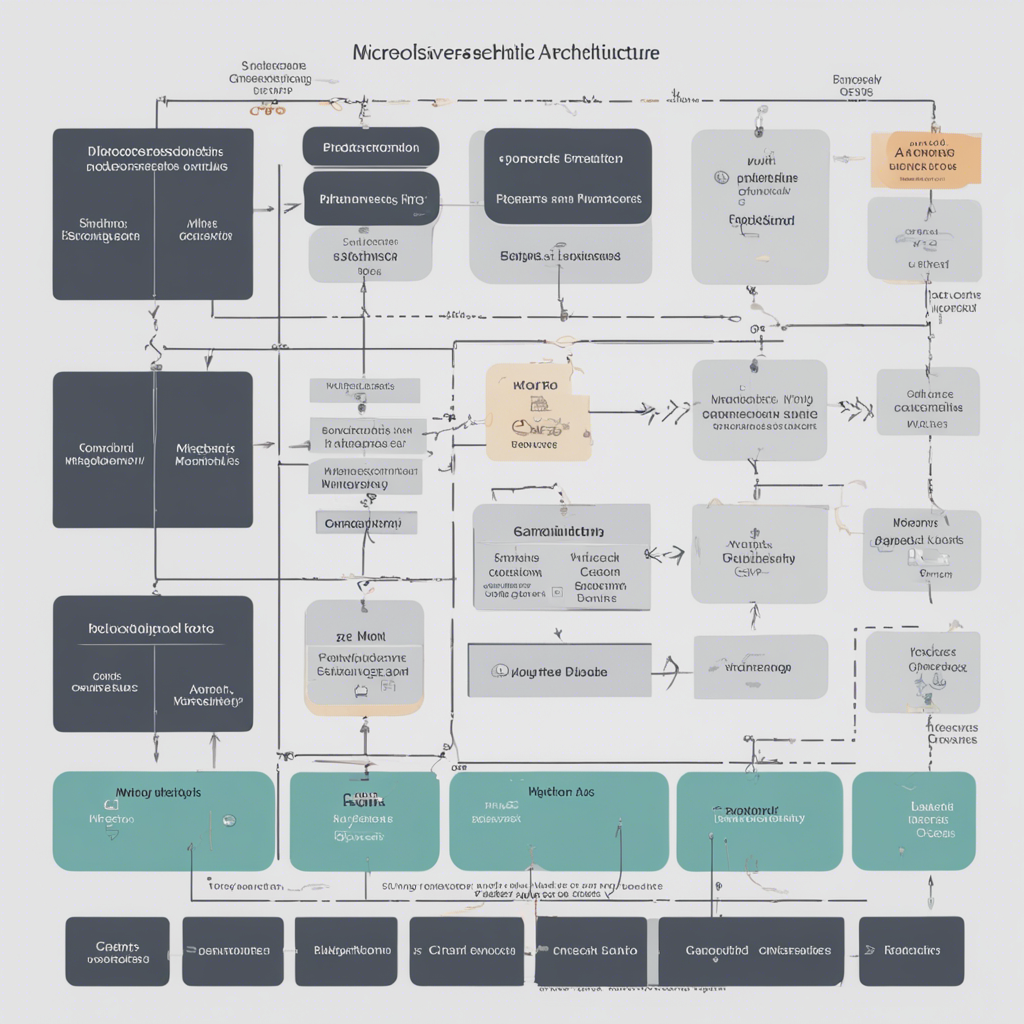
Building a Cryptocurrency or Blockchain from Scratch: A Comprehensive Guide
In recent years, cryptocurrencies and blockchain technology have gained significant popularity and disruptive potential across various industries. From financial transactions to supply chain management, these decentralized technologies offer secure, transparent, and efficient solutions. If you’re intrigued by the idea of creating your own cryptocurrency or blockchain from scratch, this comprehensive guide will walk you through the process, step by step.
1. Understanding the Basics of Blockchain Technology
Before diving into the intricacies of building a cryptocurrency or blockchain, it’s crucial to grasp the fundamental concepts.
What is Blockchain?
A blockchain is a decentralized and distributed ledger that records and verifies transactions across multiple computers or nodes. It consists of a series of blocks, each containing a number of validated transactions. These blocks are linked together using cryptographic hashes, forming an immutable chain.
How Does Blockchain Work?
- Transactions are broadcasted to the network.
- Miners validate and group these transactions into blocks.
- Blocks are added to the blockchain through a consensus mechanism (e.g., Proof of Work or Proof of Stake).
- Nodes in the network update their copies of the blockchain to reflect the latest state.
Building Blocks of a Blockchain
To build your own blockchain, you’ll need to understand the key components:
- Cryptographic Hash Function: A mathematical algorithm used to hash data, ensuring integrity and security.
- Consensus Mechanism: A protocol that ensures agreement among nodes on the blockchain’s state.
- P2P Network: A decentralized network where nodes communicate and share information.
- Block Structure: A template specifying the structure of a block, including transactions and metadata.
- Mining: The process of validating and adding blocks to the blockchain through computational work or stake.
2. Creating Your Own Cryptocurrency
Now that you have a solid understanding of blockchain technology, let’s explore the process of creating a cryptocurrency built on top of a blockchain.
Step 1: Define the Purpose of Your Cryptocurrency
Before starting development, it’s essential to have a clear vision for your cryptocurrency. Ask yourself:
- What problem does it solve?
- What unique features or functionalities does it provide?
- How will it differentiate itself from existing cryptocurrencies?
Defining your cryptocurrency’s purpose and goals are critical for designing its technical specifications and attracting potential users or investors.
Step 2: Choose the Appropriate Blockchain Platform
To build your cryptocurrency, you can either create a new blockchain or utilize an existing platform like Ethereum, Bitcoin, or Stellar. Each platform has its advantages and considerations, so research thoroughly before making a decision.
Step 3: Determine the Technical Specifications
To create your cryptocurrency, you’ll need to consider various technical aspects, including:
- Consensus Mechanism: Choose an appropriate consensus algorithm based on your requirements (e.g., Proof of Work, Proof of Stake, or a hybrid).
- Token Standard: If you’re building on an existing platform like Ethereum, choose a token standard like ERC-20 or ERC-721.
- Block Time: Determine the time interval between blocks being added to the blockchain.
- Maximum Supply: Decide the total number of coins or tokens to be minted for circulation.
Step 4: Develop the Smart Contracts
If you’re building on a platform like Ethereum, smart contracts will play a vital role in defining the behavior and rules of your cryptocurrency. Solidity is the most commonly used programming language for Ethereum smart contracts.
Here’s an example of a basic ERC-20 token smart contract in Solidity:
// SPDX-License-Identifier: MIT
pragma solidity ^0.8.0;
contract MyToken {
string public name;
string public symbol;
uint256 public totalSupply;
mapping(address => uint256) public balanceOf;
mapping(address => mapping(address => uint256)) public allowance;
constructor(string memory _name, string memory _symbol, uint256 _totalSupply) {
name = _name;
symbol = _symbol;
totalSupply = _totalSupply;
balanceOf[msg.sender] = _totalSupply;
}
event Transfer(address indexed from, address indexed to, uint256 value);
event Approval(address indexed owner, address indexed spender, uint256 value);
function transfer(address _to, uint256 _value) public returns (bool success) {
require(balanceOf[msg.sender] >= _value, "Insufficient balance");
balanceOf[msg.sender] -= _value;
balanceOf[_to] += _value;
emit Transfer(msg.sender, _to, _value);
return true;
}
// Other functions like approve, transferFrom, etc.
// ...
}
Step 5: Test and Deploy Your Cryptocurrency
Thoroughly test your smart contracts to ensure they function as intended. Use tools like Truffle and Ganache for local testing, and platforms like Remix to deploy your contracts on the testnet or mainnet. Don’t forget to consider security audits to identify any vulnerabilities or potential attack vectors.
Step 6: Establish the Infrastructure
Once your cryptocurrency’s smart contracts are deployed, set up the necessary infrastructure, including:
- Nodes: Run multiple nodes to ensure decentralization and network stability.
- Wallets: Develop wallets that support your cryptocurrency for users to securely store and manage their funds.
- Block Explorer: Create a block explorer to allow users to explore the blocks, transactions, and addresses related to your cryptocurrency.
Step 7: Market and Promote Your Cryptocurrency
To gain traction and attract users, implementing a marketing and promotion strategy is crucial. Leverage various channels like social media, forums, and industry events to raise awareness about your cryptocurrency. Engage with the community and build partnerships to foster growth and adoption.
Conclusion
Building your own cryptocurrency or blockchain from scratch is no small feat. It requires a deep understanding of blockchain technology, meticulous planning, and proficient programming skills. Throughout this guide, we’ve covered the fundamental concepts, technical considerations, and practical steps involved in creating a cryptocurrency.
Always remember to continue learning, stay up to date with developments in the field, and seek guidance from reputable sources when building and launching your cryptocurrency. Good luck on your journey into the exciting world of cryptocurrencies!






